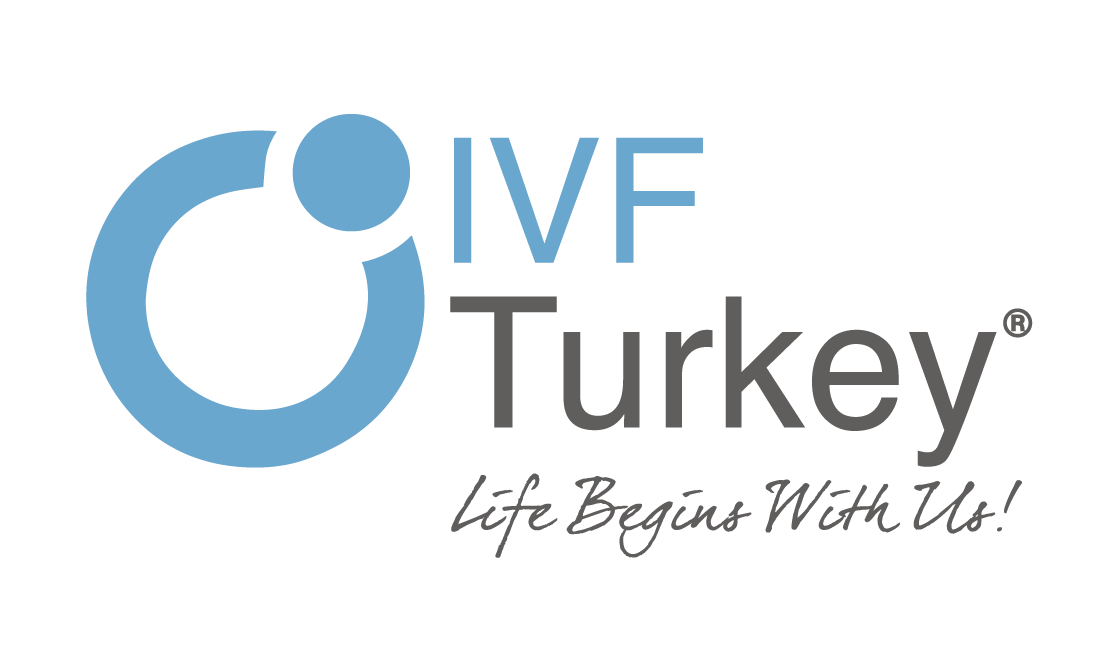The Connection Between IVF and Twins: Likelihood, Risks, and Choices


In vitro fertilization (IVF) has changed the landscape of fertility, helping countless individuals and couples achieve parenthood. One well-known outcome of IVF is the increased likelihood of twins or multiple births. While the idea of twins can be exciting, it’s essential to understand the factors that contribute to twin pregnancies, the associated risks, and the decisions couples can make during the IVF process. This article explores the connection between IVF and twins, offering insights into the chances, risks, and options involved.
Why Does IVF Increase the Chances of Twins?
The higher likelihood of twins with IVF is largely due to multiple embryo transfers, a common practice in fertility clinics. This approach increases the chances of at least one embryo implanting successfully, improving overall success rates. However, if more than one embryo implants, it can lead to twin or higher-order pregnancies.
Additional Factors:
- Controlled Hormonal Stimulation: IVF involves stimulating the ovaries to produce multiple eggs, which increases the chance of multiple embryos.
- Embryo Splitting: Although rare, a single embryo transferred during IVF can split, resulting in identical twins.
How Common Are Twins with IVF Compared to Natural Conception?
The likelihood of twins with IVF is significantly higher than with natural conception:
- IVF Pregnancies: Approximately 25-30% of IVF pregnancies result in twins.
- Natural Pregnancies: The natural rate of twins is about 1-3%, influenced by factors like genetics, age, and ethnicity.
The increase in twin pregnancies with IVF highlights the role of medical interventions, particularly the number of embryos transferred.
Can You Choose to Have Twins with IVF?
While IVF offers the option to transfer multiple embryos, choosing to have twins is not a guaranteed outcome. Several factors influence whether a twin pregnancy occurs:
- Embryo Viability: Not all transferred embryos successfully implant.
- Maternal Age: Older women may have lower implantation rates, even with multiple embryos.
- Clinic Policies: Many clinics now recommend single embryo transfer (SET) to minimize the risks of multiple pregnancies.
Couples considering twin pregnancies should discuss their preferences with their fertility specialist, weighing the benefits and risks.
What Are the Risks of Having Twins Through IVF?
Twin pregnancies carry higher risks compared to single pregnancies, regardless of whether they are conceived naturally or through IVF. These risks include:
Maternal Risks:
- Gestational Diabetes: More common in twin pregnancies due to increased hormonal changes.
- Preeclampsia: A pregnancy complication characterized by high blood pressure and potential organ damage.
- Cesarean Delivery: Twins are more likely to require delivery via C-section.
Risks for Babies:
- Preterm Birth: Twins are more likely to be born prematurely, increasing the need for neonatal intensive care.
- Low Birth Weight: Smaller birth weights are common, which can impact long-term health.
- Developmental Challenges: Premature twins may face developmental delays or health complications.
Managing Risks: Why Single Embryo Transfer is Recommended
To reduce the risks associated with twin pregnancies, many clinics advocate for single embryo transfer (SET):
- Lower Risk: SET minimizes the likelihood of multiple births, focusing on the healthiest possible pregnancy outcome.
- Advances in Technology: Improved embryo freezing techniques and genetic testing increase the chances of success with SET.
While multiple embryo transfers remain an option, SET is increasingly becoming the standard for many fertility clinics worldwide.
Balancing Choices: What Couples Should Know
- Success Rates: While transferring multiple embryos may increase the chances of a successful pregnancy, it also raises the risk of complications associated with twins.
- Clinic Guidelines: Many clinics tailor recommendations based on individual patient profiles, including age, health, and embryo quality.
- Ethical Considerations: Choosing to transfer multiple embryos involves balancing the desire for a successful outcome with the potential risks to mother and babies.
Conclusion
The relationship between IVF and twins is complex, shaped by medical practices, patient choices, and evolving technologies. While IVF significantly increases the chances of having twins, this comes with unique risks and considerations. By understanding the factors involved, couples can make informed decisions that align with their goals and prioritize health and safety.
Contact Us if you have questions about IVF, multiple births, or managing the risks associated with fertility treatments. Our experts are here to guide you every step of the way.
FAQs
-
Why are twins more common with IVF?
- The practice of transferring multiple embryos increases the likelihood of twins or multiple births.
-
Can IVF guarantee twins?
- No, while multiple embryo transfers increase the chance, there is no guarantee of twins.
-
Is having twins through IVF riskier than a single pregnancy?
- Yes, twin pregnancies carry higher risks, including preterm birth, low birth weight, and maternal complications.
-
What is the twin success rate with IVF?
- About 25-30% of IVF pregnancies result in twins, much higher than natural conception rates.
-
Is single embryo transfer safer?
- Yes, single embryo transfer reduces the risks of multiple pregnancies while maintaining high success rates.



